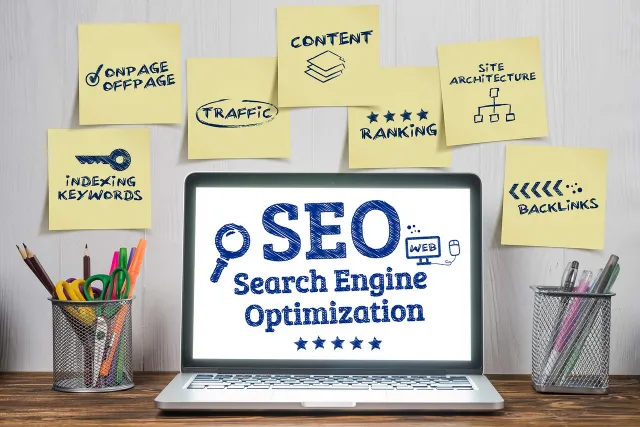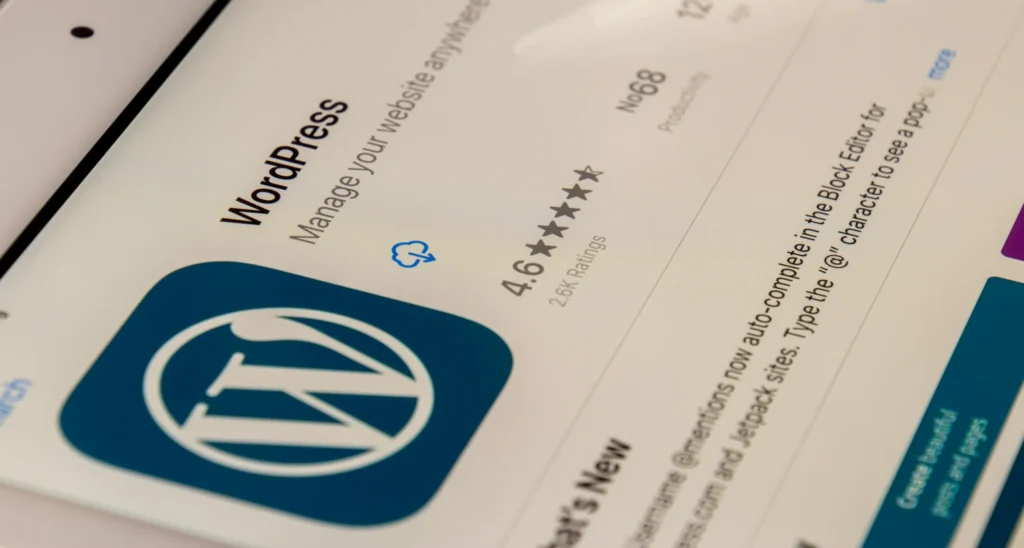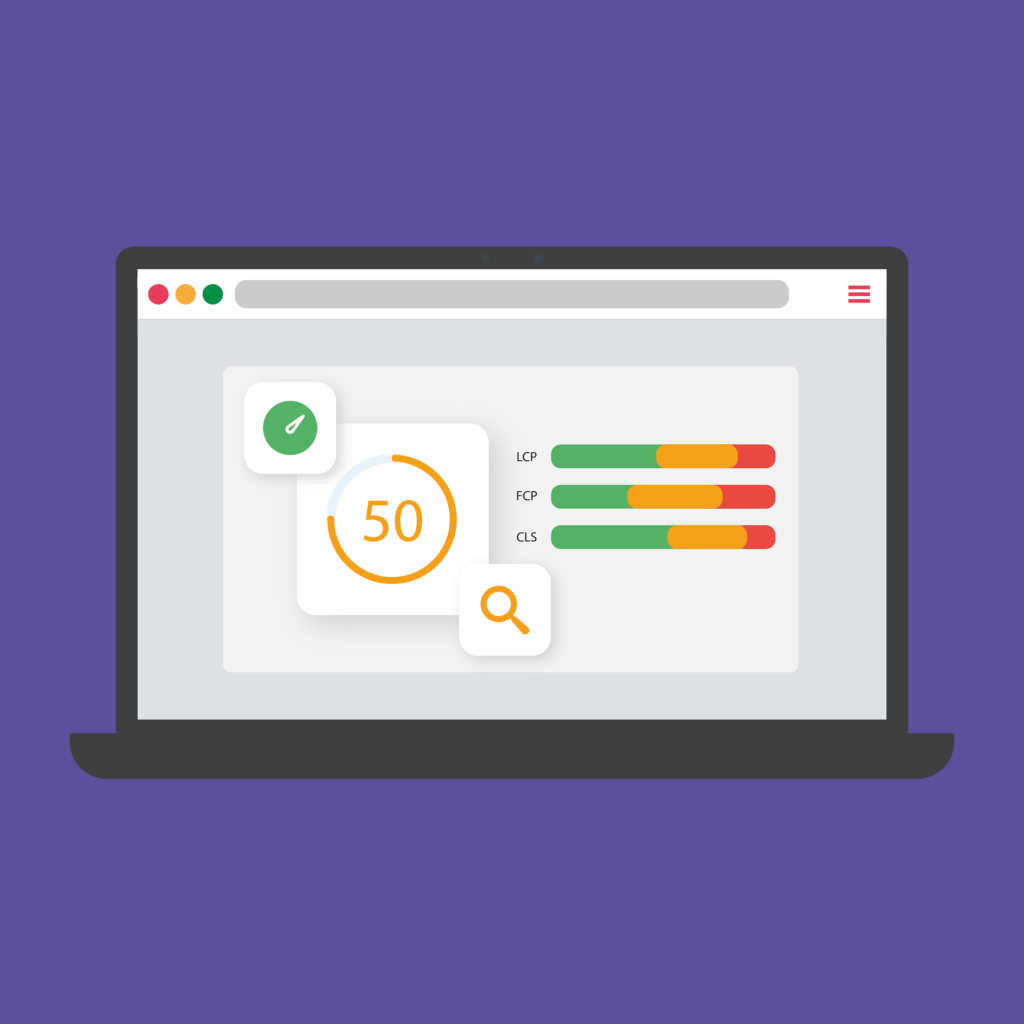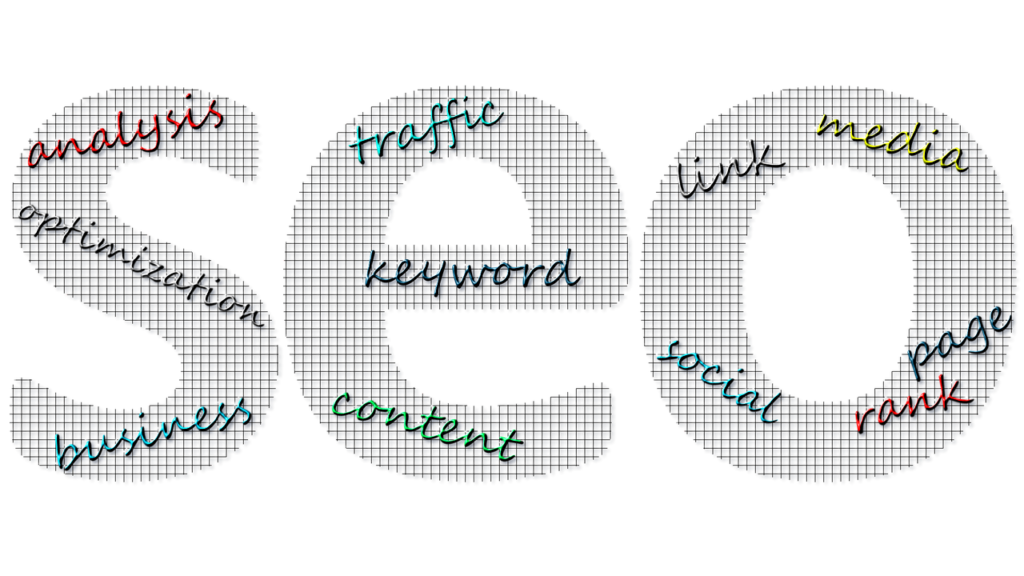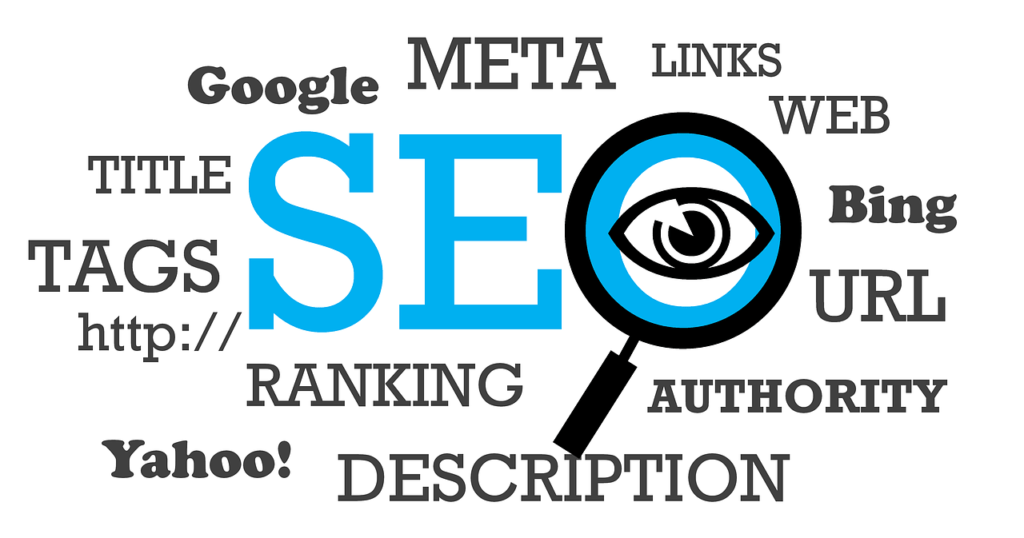In this article, we’re going to explore what PPC is, how it works, and, most importantly, how you can enhance the profitability of your pay-per-click campaigns for your business.
What is PPC (Pay-Per-Click)?
PPC stands for pay-per-click advertising. It refers to any online advertising channel where you pay every time someone clicks on your ad. One of the most widely used PPC platforms is Google Ads, where businesses advertise on Google’s search result pages. When you search for a keyword on Google and see ads at the top and bottom of the search results, that’s exactly what we’re discussing here.
Why Businesses Love PPC
There are two primary benefits of PPC that make it popular among businesses:
- Speed: PPC is incredibly fast and effective if you need to drive immediate sales or leads to your website. You can set up a PPC ad and start receiving targeted traffic from Google within days, depending on how quickly you launch and optimize your campaign.
- Data Insights: PPC provides extensive data on which keywords drive conversions for your business. Unlike organic search, PPC gives you immediate visibility into what works and what doesn’t, helping you optimize your campaigns efficiently.
However, it’s important to note that PPC can be costly if not managed effectively. If you’ve had unsuccessful experiences with PPC before, you might feel like it’s a drain on your budget.
Components of a Profitable PPC Campaign
To run a successful PPC campaign, several key components need attention:
- Intent: Understanding search intent is crucial. Focus on keywords with commercial intent—searches where users are likely to make a purchase or an inquiry. This approach minimizes wasted clicks and maximizes your ROI.
- Volume: Target keywords with sufficient search volume to generate meaningful traffic. While high volume is attractive, it’s essential to balance it with relevance to your business goals.
- Budget: Invest an adequate budget in your PPC campaigns to achieve meaningful results. Underfunding your campaigns can lead to slow or ineffective performance, as it takes time to accumulate data and optimize for conversions.
- Ad Quality: The quality of your ads directly impacts your campaign’s performance. High-quality ads with relevant messaging and strong call-to-actions tend to perform better, resulting in lower costs per click and higher click-through rates.
- Landing Page Quality: Just as crucial as ad quality is the quality of your landing page. A well-optimized landing page that aligns with your ad’s messaging and offers clear value to visitors can significantly improve conversion rates.
- Offer: The offer you present in your ads can make or break your campaign’s success. A compelling offer with high perceived value attracts more clicks and conversions. Tailor your offer to resonate with your target audience’s needs and preferences.
Ingredients for the Formula
Firstly, you need to know your average order value. Let’s say, for example, customers spend an average of £1,000 at your business. Next, you’ll need your profit margin. If your profit margin is 50%, that means you’re making £500 in profit on each £1,000 sale.
The Formula
Now, let’s calculate what’s known as the CPA max—the maximum you can afford to spend per customer acquisition. This is your average order value multiplied by your profit margin. In our example, that’s £1,000 times 50%, which equals £500. This figure represents the most you’d want to spend to break even on acquiring a customer.
Calculating Cost per Acquisition (CPA) from PPC
To find out your cost per acquisition from PPC, you’ll need to know your average cost per click (CPC) for your targeted keywords. Let’s assume your CPC is £2. With a 1% conversion rate, you calculate your CPA by multiplying CPC by 100 and dividing by your conversion rate.
In this case: £2 CPC x 100 / 1% conversion rate = £200 CPA from PPC
Analyzing the Results
Now, compare your calculated CPA from PPC (£200) to your CPA max (£500). If your PPC CPA is lower than your CPA max, it’s a profitable scenario—you’re spending less to acquire customers than what they’re worth in profit. This is ideal and indicates a potentially lucrative PPC campaign.
However, if your CPC is higher—for instance, £12—your CPA would be £1,200, which exceeds your CPA max of £500. This means you’re losing £700 on each conversion, which is unsustainable.
Optimizing Your Campaign
If your CPA is too high, you have levers to adjust. One effective lever is your conversion rate. Improving your website’s conversion rate from 1% to, say, 4% can dramatically improve your profitability. For instance, with a 4% conversion rate, you’d only need 25 visitors to generate a sale, making your PPC investment more efficient.
Now, let’s move beyond the basics and explore some best practices. Drawing from our extensive experience running ads across diverse markets worldwide, here’s what makes a great ad:
- Use Your Target Keyword: Whether you’re in dentistry or any other field, include your target keyword in your headline and ad copy. This immediately resonates with your audience and captures their attention.
- Add a Qualifier: Incorporate a qualifier like location or pricing to filter out irrelevant clicks. This ensures you attract high-quality traffic that’s more likely to convert.
- Highlight Your USPs: In a sea of search results and ads, what makes you stand out? Identify your Unique Selling Propositions (USPs)—whether it’s price, service quality, or unique features like 24/7 support.
- Mention Your Offer: Clearly state any special offers or promotions. Whether it’s a free consultation or a discount, make sure it’s front and center to entice clicks.
- Include a Strong Call to Action (CTA): Tell your audience what to do next. A clear CTA not only encourages clicks from users with high commercial intent but also preps them for action once they reach your landing page.
- Make Use of Ad Extensions: Extensions like site links, location details, or promotional offers are invaluable. They not only occupy more space on the search results page but also boost your visibility and click-through rates.
Many still view PPC as a “set it and forget it” ad platform. It’s like asking a personal trainer to get you fit and then expecting to coast forever. That approach just doesn’t work. Effective PPC management requires continuous attention and refinement to ensure optimal performance.
Key Areas of Focus in PPC Campaign Management:
- Search Query Reports (SQRs): These reports provide insights into which search queries are triggering your ads. By analyzing these reports, we identify high-performing keywords that drive conversions and low-performing ones that drain your budget. Adjusting budgets accordingly can significantly boost ROI.
- Negative Keywords: Just as important as targeting the right keywords is excluding irrelevant ones. For instance, if you’re promoting water bottles, you wouldn’t want your ad triggered by searches for “free water bottle” unless you’re offering freebies. Adding such terms as negative keywords helps refine your targeting and improve conversion rates.
- Conversion Rate Analysis: Understanding how well your traffic converts is crucial. By monitoring conversion rates across different ads and landing pages, you can pinpoint areas for improvement. This might involve tweaking landing pages or testing different calls to action to enhance performance.
- Split Testing (A/B Testing): Testing different ad variations allows you to identify the most effective messaging and design. For example, comparing ads with different CTAs like “Upload Your Brief Today” versus “Claim Your Free Trial” helps determine which resonates best with your audience.
- Bid Adjustments: Optimizing bids based on device, time of day, and day of the week can further enhance campaign performance. If your desktop traffic converts better than mobile, adjust bids accordingly to allocate budget where it generates the best results.
- Heat Mapping and User Behavior Analysis: Tools like heat maps reveal how users interact with your landing pages. Understanding where visitors click, how far they scroll, and which elements attract attention helps optimize page layouts for better user engagement and conversion rates.
To gauge the effectiveness of your ads, track metrics like impressions, clicks, conversions, and average cost per action (CPA). HubSpot’s free PPC kit includes templates and checklists for easy tracking and improvement of your PPC efforts.
PPC is a powerful tool for immediate results and consumer insights. Key elements like intent, budget, ad quality, and landing pages drive effective campaigns. Understanding metrics such as average order value, CPC, and CPA is crucial for profitability. Remember, Google ads aim to inspire action. Constant refinement based on performance data optimizes effectiveness. Successful PPC management is ongoing. Utilize data insights to improve performance and profitability continually.



